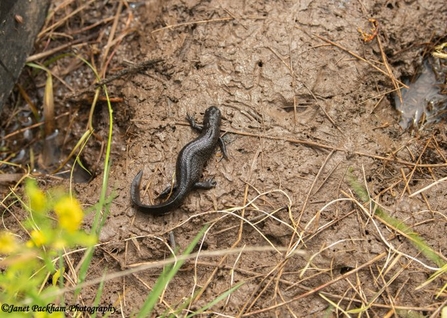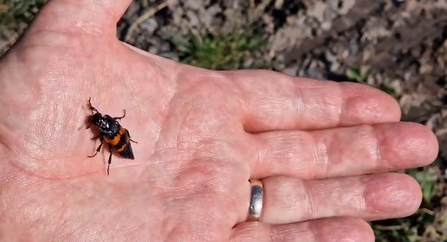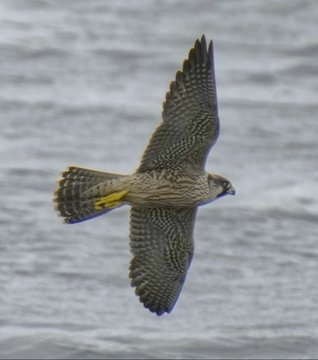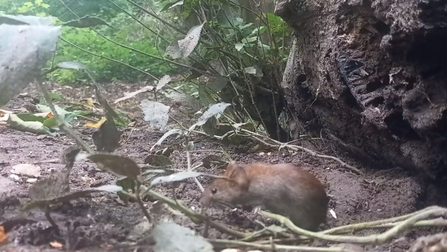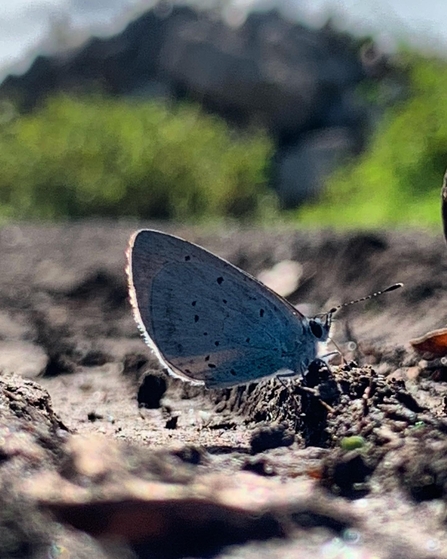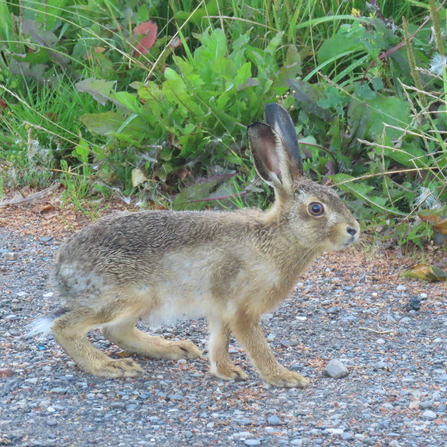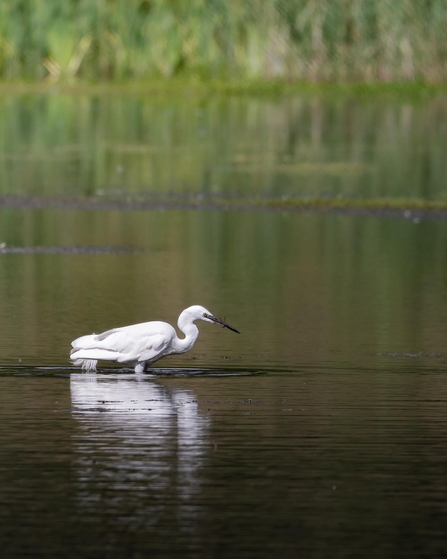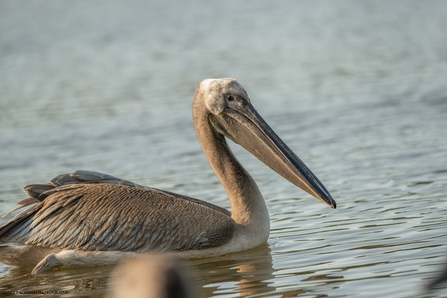We’ve certainly had a gloomy couple of weeks, even more so at the end of the month as we start to feel the colder weather creeping in. But that doesn’t mean our wildlife hides away!
The rain has provided a much-needed boost, and the great crested newt below particularly loved the muddy ground after a few wet days.
Here are our top sightings for the month which were sent to us via social media as well as a few LWT staff spots!
Great Crested Newt – Middleton Nature Reserve
The Great Crested Newt is our largest newt, identifiable by its striking orange stomach and the jagged crest that the males develop during the breeding season.
It spends most of its year on land before moving to aquatic breeding sites in the spring, however adult males may stay there until as late as October, and some even overwinter in their chosen pond!


